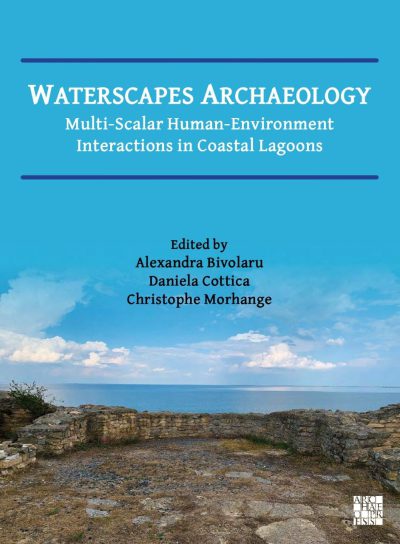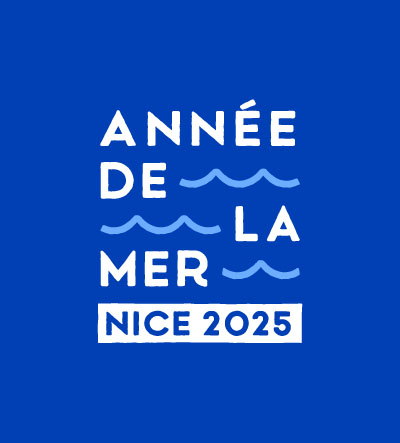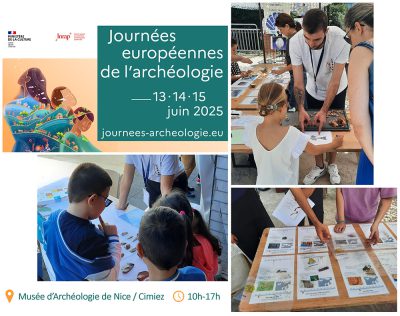Numerous ocher remains were found in cultural layers 6, 2G, and 2B of the Paleolithic site Kovrizhka IV on the Vitim River, in the Baikal-Patom Highlands (Eastern Siberia). These layers are dated by radiocarbon to the interval of ~19.2–18.3 ka cal BP. In cultural layers 2B and 2G, ocher colored the living floors and combustion areas. Stratigraphic observations indicate that this was done at the very beginning of the occupation. In layer 6, traces of ocher were present on an anthropomorphic figurine made of mammoth ivory, and pieces of ocher were found near the head of another such figurine. In layer 2B, a large piece of ocher was unearthed at the edge of the hearth. Ocher residues were also detected by use-wear analysis on certain artifacts. This variety of patterns suggests different functions of ocher, possibly both symbolic and utilitarian. The mineral composition of ocher was assessed by X-ray diffraction analysis. In all three layers, hematite is associated with quartz. In layer 2G, an additional type of ocher was identified, containing impurities, such as calcite and chlorite. Known sources of ocher are located in the distribution areas of magnetite and hematite ores, over 500 km southwest and southeast of Kovrizhka IV. The importance of ocher in the life of these societies is discussed in light of the archaeological evidence and the long- distance raw material acquisition patterns of ocher.
Lien: https://journal.archaeology.nsc.ru/jour/article/view/1017#
Article | Ocher in Late Paleolithic Contexts at Kovrizhka IV Site, Baikal-Patom Highlands (Eastern Siberia, Russia)
A.V. Tetenkin, E.I. Demonterova, E.V. Kaneva, A. Henry, E. Gauvrit Roux, Revue: Archaeology, Ethnology & Anthropology of Eurasia 2020
Edited by Alexandra Bivolaru, Daniela Cottica, Christophe Morhange, Archaeopress Archaeology
10-12 juin, Hall MSHS, Saint Jean d'Angely 3, Nice
du 13 au 15 juin, le CEPAM et l’INRAP seront présents sur le village de l’Archéologie, au Musée d’Archéologie de Nice / Cimiez




